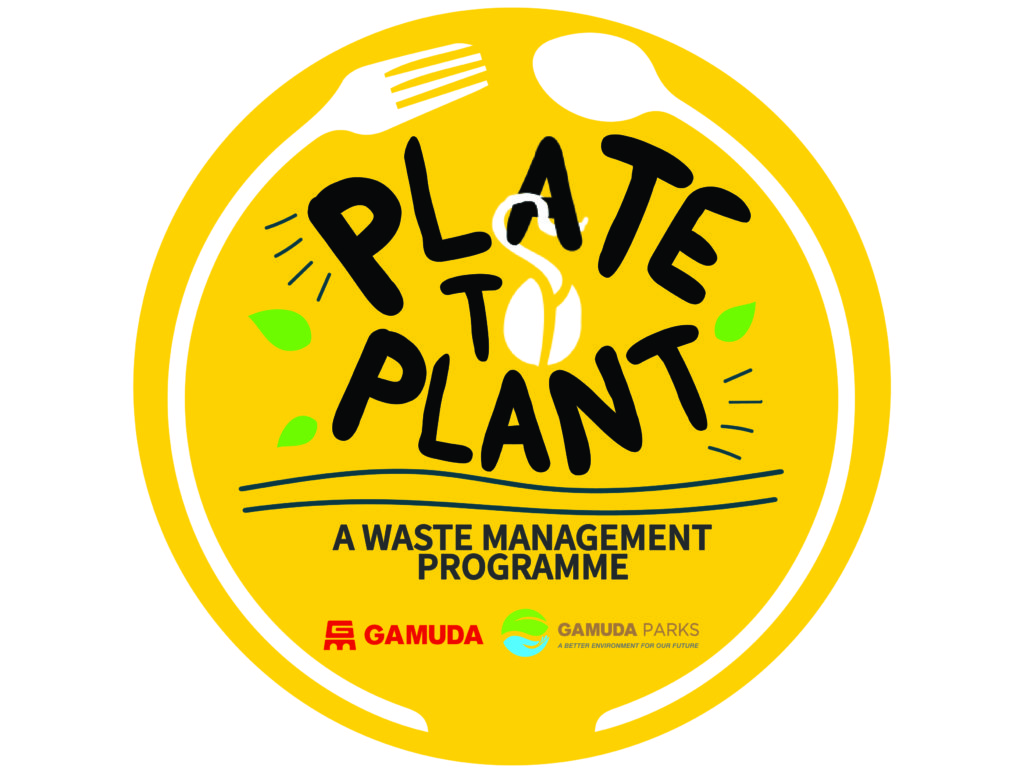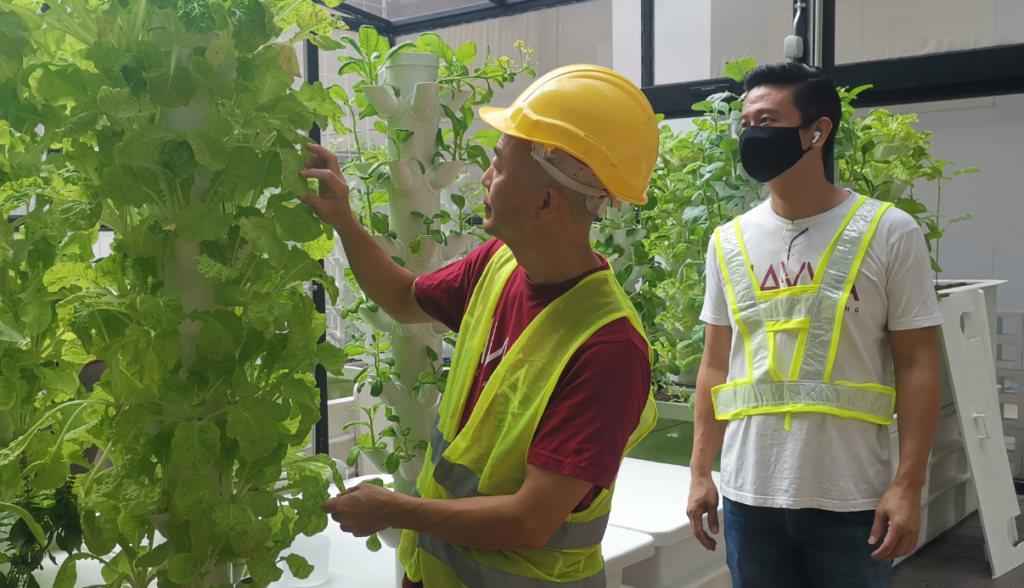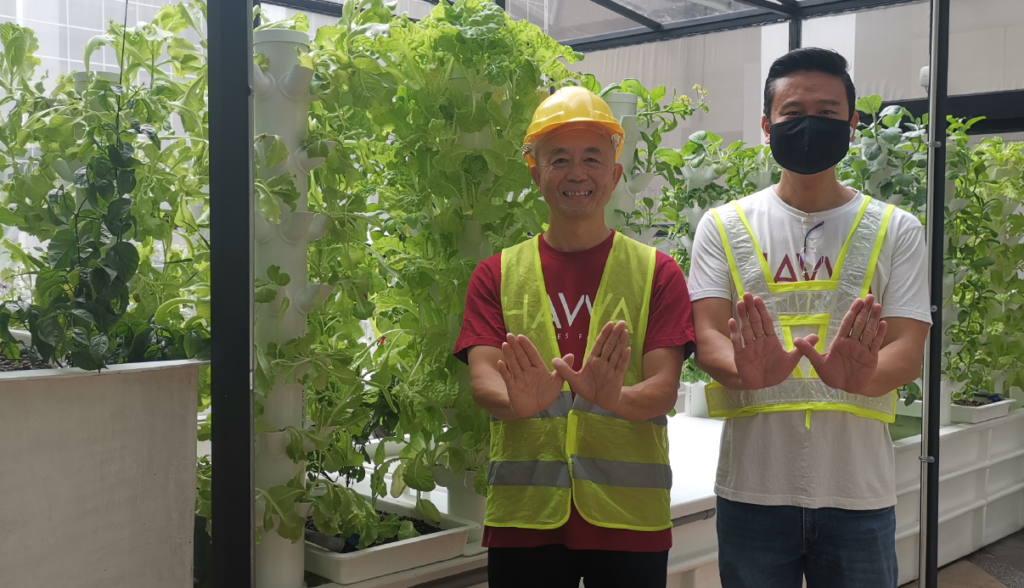
Ong Jee Lian
Since installing a compost machine in the basement of Menara Gamuda in September 2020, a total of 13 food vendors have brought in their kitchen residues to divert food waste from going to landfills.
We are also heartened to see Gamudians, who played a role in this by contributing their leftovers through our office pantries’ daily collection bins.
At the end of October, despite the CMCO period, we generated 170kg of organic compost from the food waste gathered in Menara Gamuda and used as organic fertiliser in our townships like Gamuda Gardens.
At the same time, the on-site compost machine at Jade Hills is geared for participation from both their residents and commercial lots. Suzane M. Samy, Sustainability Manager for Gamuda Parks, has been running several awareness and training programmes on using the compost machine there.
“Ms. Lee, the owner of Le Moon and a resident of Jade Hills, was ecstatic for her restaurant to take part in our waste programme. From these fruitful sessions, it is encouraging to know that our township residents are keen to play a role in reducing their food waste,” she said.
The value of completing the entire cycle, from collecting and composting food scraps in our plates, to creating healthier organic soil for our gardens, are significant to reducing our carbon footprint as we build sustainable developments.
Watch this video to learn about our effort to create community awareness on food waste and instil a culture of source separation among residents.
Looking ahead, we are extending this initiative to our planned Centralised Labour Quarters (CLQ) in Penang, and similar outreach for other project sites.
In stretching the Plate to Plant programme, we are reversing the cycle – from the plant back to plate, by exploring solutions in urban agriculture. Growing food in our cities can reduce our household waste and food miles, ensuring supply availability and food security.


HAVVA’s Farm By The Quay at our Quayside Mall in twentyfive.7 is a leading example of urban farming. By integrating hydroponic, aquaculture, vertical farming, vermiponic and aeroponic techniques into one system, their technology can help us to produce vegetables at home or scale it up for commercial use.
